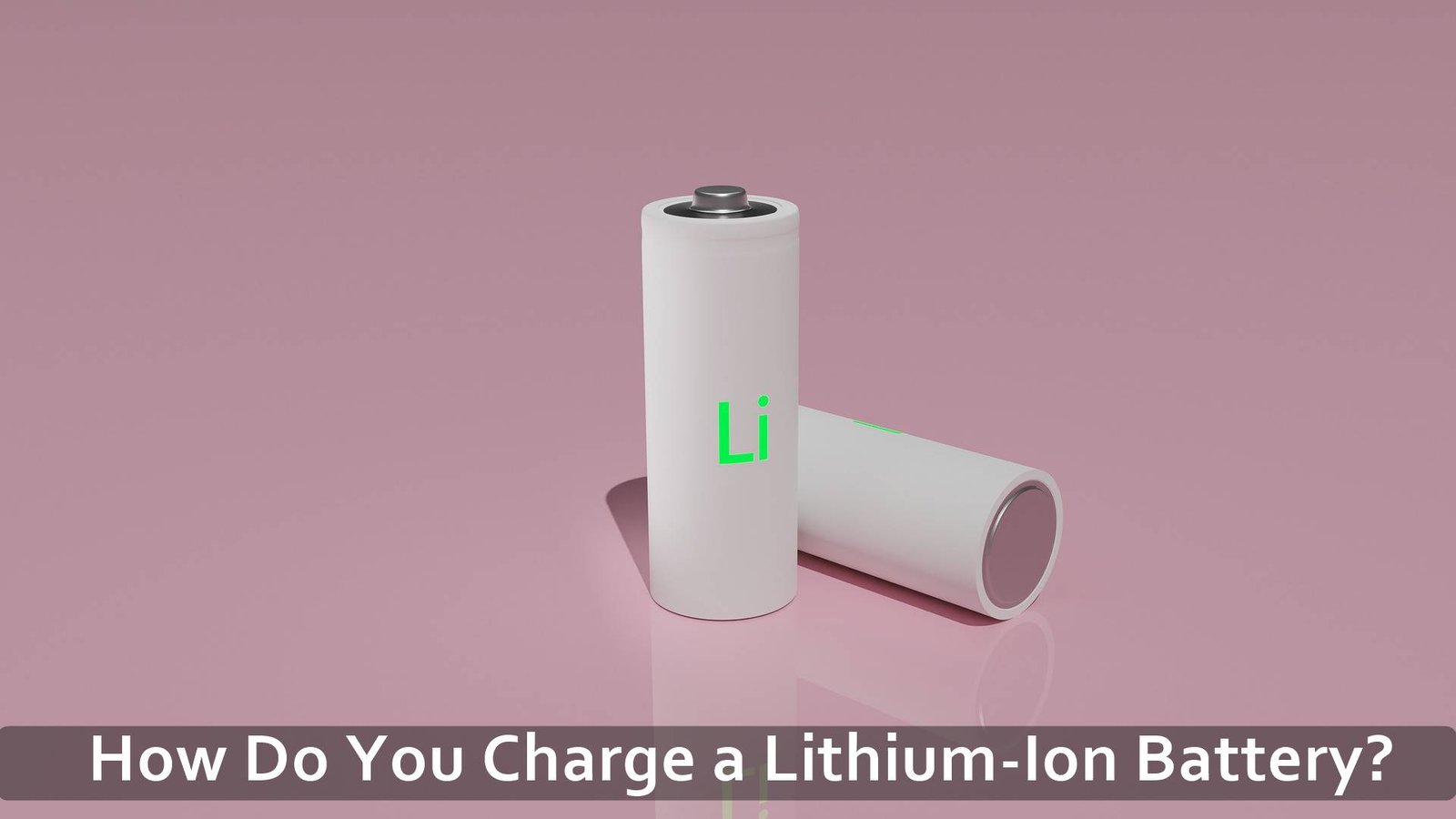Those with an interest in or who have recently bought a lithium-ion battery will be aware that they offer a greater number of cycles as well as even power distribution delivery and are also weigh less than a sealed lead acid battery of comparable output. However, lithium-ion batteries can also charge up to as much as four times more quickly than an SLA.
But how do you charge a lithium-ion battery to begin with? It is a good idea to choose a charger that has been specifically designed to suit your battery’s chemistry, which simply means that when you charge a lithium battery you should use a lithium battery charger.
Can a lithium battery be charged with an SLA charger?
There are a number of similarities to the charging profiles of lithium and SLA, but it is wise to be very cautious when trying to make use of an SLA charger with a lithium battery as when under charge they can damage the lithium battery or reduce its capacity over time. There are a number of important differences between SLA and lithium batteries.
Charging Lithium-ion batteries
A lithium battery makes use of the same constant voltage and constant current stages as is the case with an SLA battery but thought the two stages may have similarities, including their function, the lithium battery has an advantage of a much higher rate of charge, which makes it take much less time to charge.
The characteristics of lithium battery charging
A 12.8V lithium battery has a full charge voltage of approximately 13.4. A battery is only capable of sustaining damage in the event of the charging voltage that is being applied being considerably higher than the battery’s full charge voltage.
Chargers should be selected to match the battery’s capacity to be charged, as the current used while charging depends on the battery’s capacity rating.
Storing a lithium-ion battery

If you are intending to keep a battery in storage for a long period of time, there will be a few factors that need to be taken into consideration. The chemistry of the battery will determine the best SOC for storage. The structure of a positive terminal in a lithium battery can become unstable when it is depleted of electrons for a long time, and that instability can cause permanent capacity loss.
Because of this a lithium-ion battery needs to be stored close to 50% SOC, which means that the positive and negative terminal electrons will be equally distributed.
The self-discharge rate is another influence on storage. A lithium battery has a relatively low discharge rate, and it is not necessary for it to be at 100% SOC, so minimal maintenance charging will likely be required.
It is vital to ensure the charger you use is matched to the right voltage and current for the lithium battery you intend to charge. It is also a good idea to use one that is matched to the battery chemistry.

